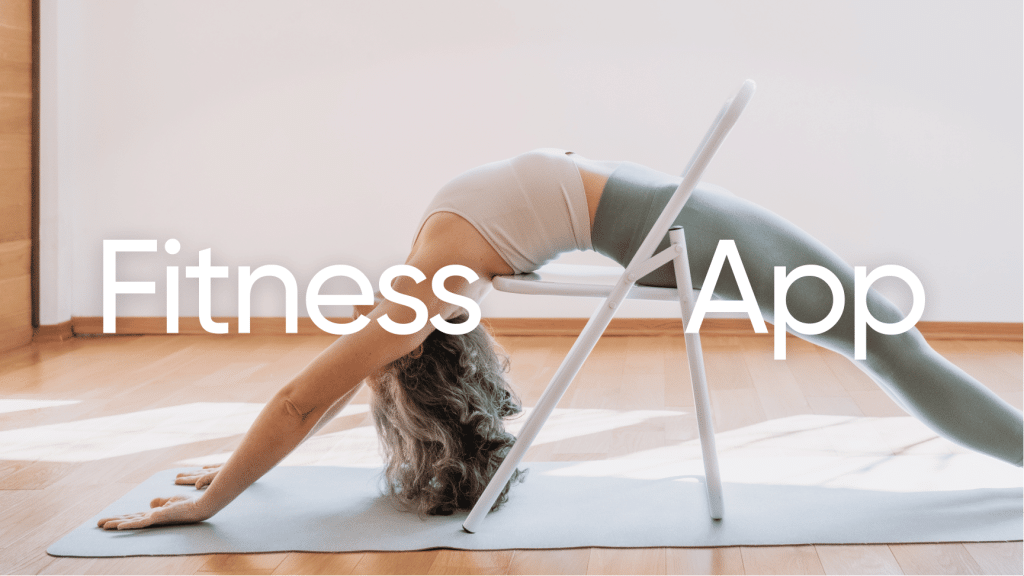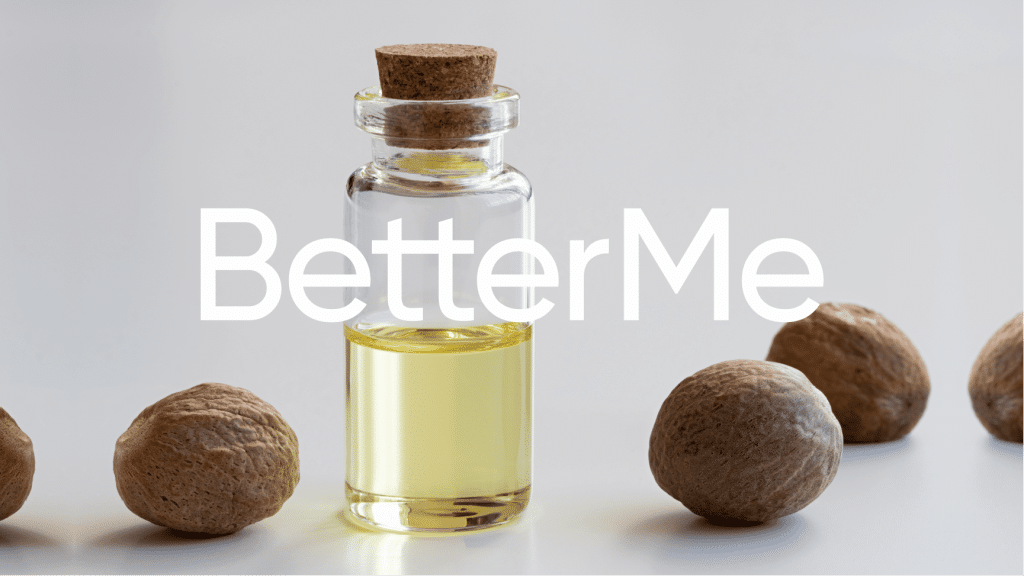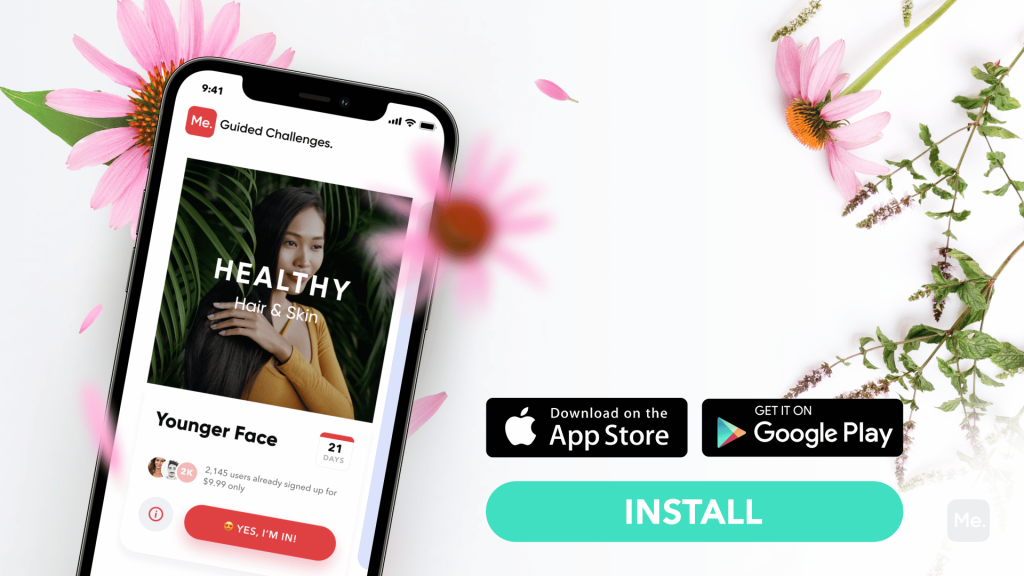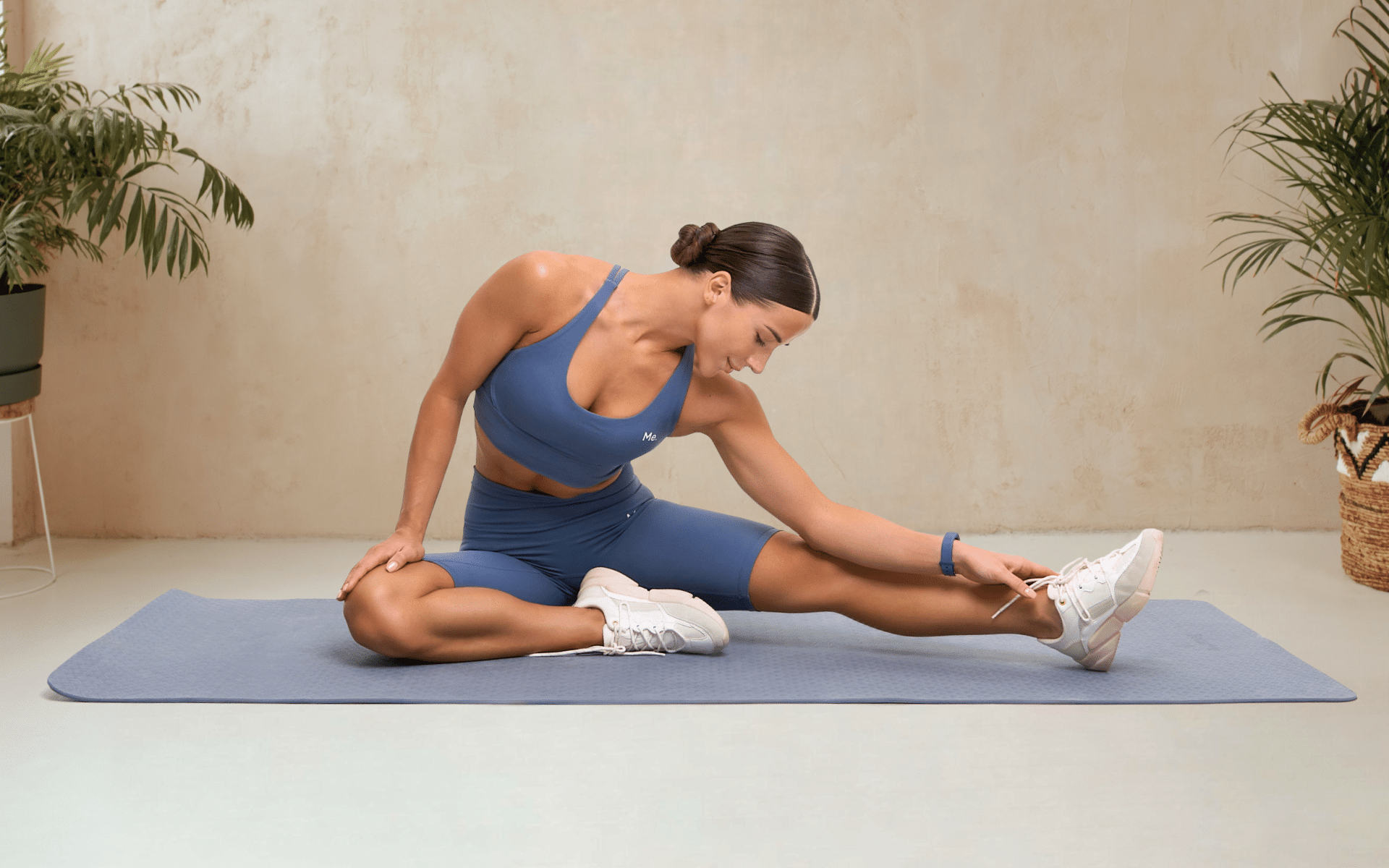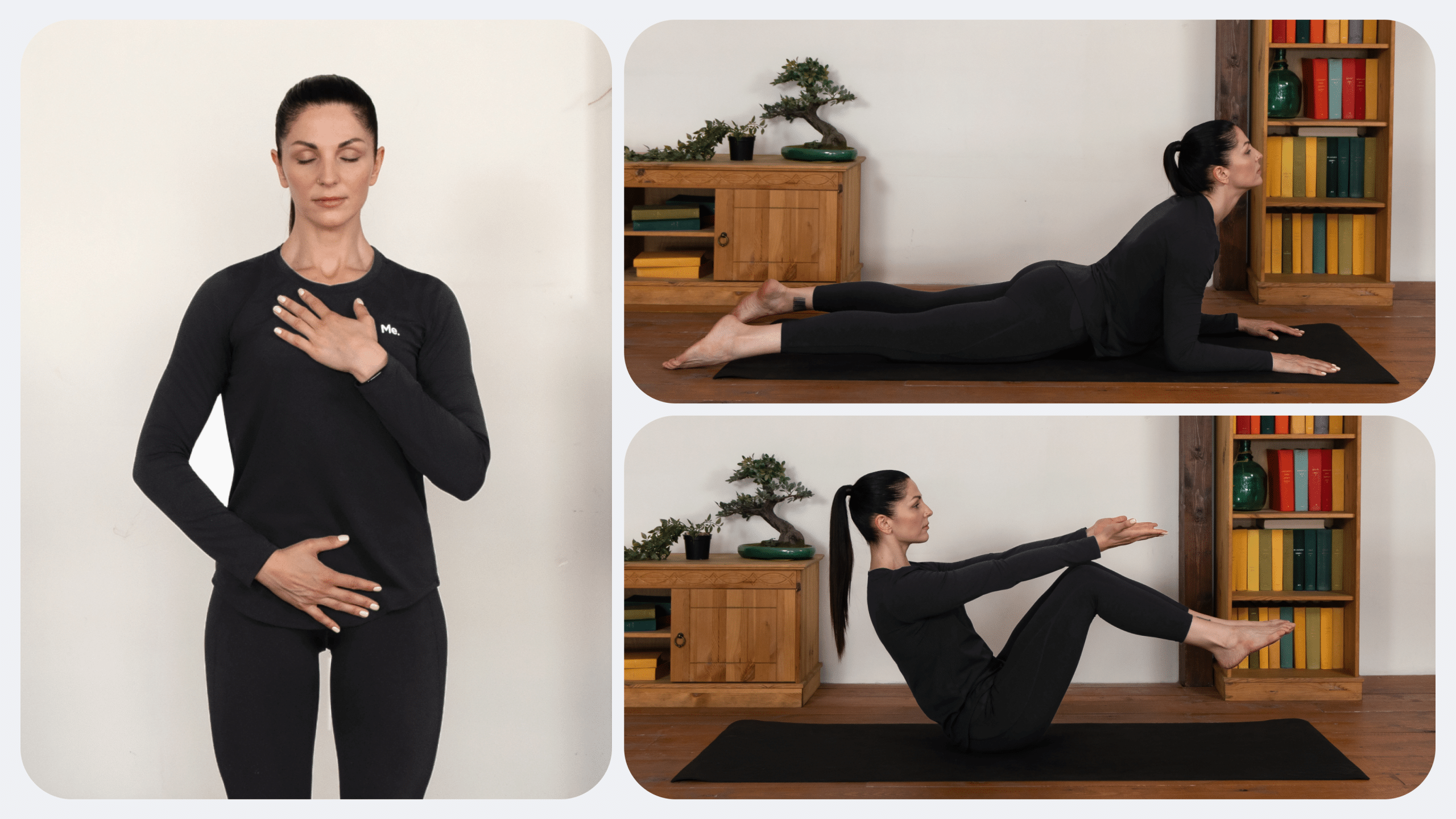In ancient Ayurvedic and Chinese medical practices, body brushing was used for centuries as a way to maintain health, vitality and overall well being. The earliest forms of dry brushing involved the use of a bristle cloth, much like an exfoliating hand mitt or glove that is used for skin brushing. Modern dry brushing methods involve the use of a body brush with natural bristles from various plants. Poplar, cactus and agave are some of the most common materials used to make natural bristle brushes. In recent years, dry brushing has been gaining popularity, as more and more people are discovering the many potential benefits of using a dry brushing body brush with natural bristles. If you’re aware of the benefits of dry brushing, you may already be sold on it. But if you’re new to body brushing or looking for more information, let’s take a look at some of the amazing benefits of using a dry-brushing body brush. Also, we’ll explore the best type of brush, frequency and timing for dry brushing.
Is Dry Brushing Good For Your Body?
When a new trend gains traction, it’s often hard to discern whether it has health benefits or is just a passing trend. Fortunately, dry brushing is more than just a trend, as the potential benefits of using a dry brushing body brush with natural bristles are plentiful.
1. Stimulates Circulation
Your circulatory system is responsible for delivering vital nutrients and oxygen throughout your body (5). Dry brushing can help stimulate better circulation, as the pressure from the bristles of the brush prompts your muscles to contract and relax, which improves circulation.
2. Stimulates Lymphatic System
Dry brushing can help stimulate your lymphatic system, which is responsible for filtering and getting rid of toxins in the body. Lymph, the clear fluid that is circulated by the lymphatic system, can become stagnant in the areas of the body where there is less muscle movement (2).
Dry brushing helps to break up and flush out this stagnation by stimulating blood circulation.
3. Exfoliates Skin
Dry brushing has an exfoliating effect on the skin, helping to remove dead skin cells from the surface of the skin and promoting healthy cell turnover. This helps to keep skin looking young, soft and vibrant.
4. Causes A Temporary Reduction In Cellulite
Dry brushing increases micro-circulation and can have a temporary effect on reducing the appearance of cellulite. It helps to break up fatty deposits that can cause dimpled skin, allowing for better fluid circulation and reducing their presence under the skin’s surface.
5. Enhances Skin Detoxification
Dry brushing helps to increase detoxification through your skin. This is because it stimulates the tiny sweat glands located in the dermis, allowing for the release of toxins through sweat and encouraging healthy skin cell renewal.
6. Increases Skin Elasticity
Dry brushing helps to increase collagen production, which keeps skin looking firm, tight and elastic (4).
Read More: Explore The Wonders Of Massage Cupping Therapy: A Guide For Newbies
7. Improves Mood
Dry brushing has a calming effect on the mind and body. It helps to relieve stress and tension in the muscles while increasing the production of endorphins, which can help to boost your mood (1).
8. Boosts Immunity
Dry brushing stimulates the lymphatic system, which is responsible for carrying white blood cells throughout the body that fight infection and disease (3).
9. Stimulates Hair Follicles
The pressure from dry brushing stimulates your hair follicles, resulting in stronger, healthier hair growth and helping to prevent split ends and hair breakage. Increased blood flow to the scalp can also help support and promote a healthy scalp.
10. Promotes Better Sleep
Dry brushing can help promote better sleep quality due to its calming effects on the nervous system, helping you to relax before bedtime and allowing for a more restful night of sleep.
How Many Times A Week Should You Dry Brush Your Skin?
Dry brushing is best done on a regular basis, as the benefits of dry brushing build up over time. It’s recommended to dry brush your body at least 2-3 times a week for best results. However, some people may prefer to do it more frequently or less often, depending on their individual needs.
You can benefit from more frequent dry brushing sessions if you’ve built up a tolerance to the pressure and intensity, or if you feel like your body needs it more often.
On the other hand, if you find that dry brushing is too intense for you, then it’s best to reduce the frequency of your sessions. Symptoms like irritation or redness could mean that you’re dry brushing too often, and should reduce the frequency.
What Type Of Brush Is Best For Dry Brushing?
You’ll encounter all sorts of dry brushing body brushes made with different materials, having different designs and so on. Though you can use any of these options to dry brush your body, some may be better than others. Here’s what to consider when buying a dry brush:
What Are The Bristles Made Of?
The bristles of a dry brush should be made of natural materials.
Boar bristle brushes are probably the most popular option for dry brushing since they offer a good balance between being firm enough to exfoliate dead skin cells and gentle enough on your body’s delicate layers.
Boar bristles are also an all-natural material, so you don’t have to worry about any chemicals leaching into your skin.
Sisal brushes are also an ideal choice for dry brushing, and they’re slightly firmer than boar bristles. These brushes can be a bit rough on the skin if used too vigorously, so it’s important to be gentle when using this type of brush
Cactus brushes offer the firmest of all bristles, so if you’re looking for a deep exfoliation, this could be an option to consider. These bristles can be a bit too harsh for some people’s delicate skin, but if you have tough skin or need extra exfoliation in certain areas, this could be a good choice.
Avoid synthetic brushes for dry brushing since they may contain harsh chemicals, which aren’t good for your skin. Synthetic bristles can also be too abrasive and not gentle enough to properly exfoliate the skin.
If you’ve mustered up the courage to crush your weight loss goal, let Betterme take the sting out of this demanding process. Our app will help you restructure your habits, remold your life and crank up your fitness results!
What’s The Handle Like?
The handle of a dry brush should be comfortable to use and have an ergonomic design. It should also fit comfortably in your hands while you brush, so it’s easy to maneuver around the body.
Additionally, the handle should be made of a material that won’t slip out of your hands when wet, such as wood or bamboo, so you can safely dry brush without any accidents.
The ideal length of a handle will depend on your body size, but typically one that’s around 10 inches long is recommended for most people. This allows you to reach all areas of your body conveniently and comfortably.
How Long Are The Bristles?
The length of the bristles will also vary depending on your preference. Most dry body brushes have medium-length bristles (around 1 inch long), which are generally suitable for most people.
Shorter and longer bristles are available too, so you can find one that’s best suited for your skin type.
What Is The Price?
The price of a dry brush can depend on its material, quality, and design. Generally speaking, boar bristle brushes are more expensive than sisal or cactus brushes since they’re considered to be the most comfortable option.
You can typically find quality, all-natural body brushes at a wide range of prices.
Shop around and find the one that best fits your budget. Keep in mind, you don’t need to spend a lot of money on an expensive brush; as long as it’s made with natural materials, any option should work just fine.
What Brand Is It?
The brand of a dry brush doesn’t necessarily determine the quality, but it’s something to keep in mind.
Do some research and find out if the brand has any certifications and if their products are recommended by professionals. This can help you make sure you’re purchasing a quality product that will last for a long time.
Where Can You Buy It?
You can find dry brushes at many health and beauty stores, as well as online. Make sure to read customer reviews before buying so you can get an idea of how the brush works for others.
Additionally, look for retailers who offer free shipping or exchanges in case the brush isn’t the right fit for you.
How Frequently Should You Replace A Dry Brush?
You should replace your dry brush every few months or so, depending on how often you use it. If you’re using the brush daily or regularly, replacing it once every 3-4 months is recommended. This ensures that the bristles stay in good condition and continue to offer effective exfoliation.
Read More: DIY Facial Massage With A Gua Sha Tool: Benefits, Technique & Tips
How Should You Care For A Dry Brush?
Care demands are different for each type of brush, so make sure to read the instructions that come with your brush. Generally speaking, you should clean it after every use and store it in a dry area out of direct sunlight.
Additionally, you can also use an all-natural cleaner to keep the bristles soft and prevent build-up. If you’re using a brush with synthetic bristles, it’s best to only use water and avoid any cleaners.
What Are The Side Effects Of Dry Brushing?
Dry brushing can be a great way to exfoliate and stimulate the skin, but it’s important to be aware of the potential side effects:
- Redness: The bristles can cause skin irritation and redness if the pressure is too strong. Be sure to use light strokes when brushing and stop immediately if you feel any pain or discomfort.
- Inflammation: If your skin type is sensitive, dry brushing can lead to inflammation due to the friction of the bristles.
- Skin Damage: If you’re not careful when brushing, the bristles can cause cuts and scrapes to your skin. Be sure to brush gently and use short strokes.
Do I Have To Shower After Dry Brushing?
It’s not necessary to shower after dry brushing, although some experts recommend it. Showering helps to wash away any skin irritants or bacteria that may have been on the bristles, and it’s a good way to refresh your skin after dry brushing.
Here’s a simple dry brushing routine you can follow whether you shower or not:
- Start with your feet and brush gently up the legs in long strokes, towards the heart.
- Move to your arms, brushing from the fingers up towards the shoulders.
- Brush over your stomach and chest with small circular motions.
- Finish by brushing lightly over your back from the bottom up.
About the technique:
Always use light pressure and brush in long strokes towards the heart. This helps increase circulation and avoid skin irritation. Additionally, make sure to go over each area multiple times for maximum exfoliation.
Be sure to dry brush gently and never press too hard, as this can lead to skin irritation. If you feel any pain or discomfort while brushing, stop immediately.
Whether you decide to shower or not, it’s important to moisturize after dry brushing. This helps to keep your skin hydrated and can help reduce any irritation caused by the bristles. Use a natural oil such as almond oil, apricot kernel oil, or coconut oil for best results.
Reasons why BetterMe is a safe bet: a wide range of calorie-blasting workouts, finger-licking recipes, 24/7 support, challenges that’ll keep you on your best game, and that just scratches the surface! Start using our app and watch the magic happen.
Dry Brushing Mistakes To Avoid
Dry brushing is a great way to improve your health, but if not done properly, it can cause adverse effects. Here are a few mistakes to avoid when dry brushing:
1. Not Using The Right Pressure
Using too much pressure while dry brushing can lead to skin damage and irritation. It’s important to use gentle strokes and only apply enough pressure to stimulate the skin.
2. Not Brushing In The Right Direction
To get the most benefits from dry brushing, it’s important to brush towards your lymph nodes (usually towards your heart) and not against them. Brushing against your lymph nodes can disrupt the flow of lymphatic fluid.
3. Not Cleaning Your Brush
Bacteria and dirt can accumulate on a brush, so it’s important to keep your brush clean. Cleaning the bristles before and after each use will help to prevent skin irritation and other issues.
4. Not Replacing Your Brush Regularly
Over time, the bristles of a dry brushing body brush can become worn down and less effective. It’s important to replace your brush every few months to ensure that you’re getting the full benefits of dry brushing.
5. Not Using A High-quality Brush
Low-quality brushes can contain synthetic fibers, which can irritate the skin and cause rashes or breakouts. For this reason, it’s important to invest in a brush made with natural bristles.
6. Brushing Over Broken Skin
Dry brushing can be uncomfortable, so it’s important to avoid brushing over areas of broken or irritated skin. If you have any cuts, rashes, moles, scars or other skin issues, it’s best to avoid that area until the skin is healed.
Before starting your dry brushing routine, it’s important to consult with a doctor or dermatologist to make sure that this is the right option for you. Everyone’s skin is different, so what works for one person may not work for another.
By getting professional advice before trying dry brushing, you can ensure that you’re taking the best care of your skin.
Conclusion
Dry brushing is a great way to exfoliate your skin and promote circulation, but it’s important to choose the right brush for your needs. Consider what type of bristles you need, what material the handle should be made of, how long the bristles should be, and your budget when shopping for a dry body brush.
Make sure to replace your brush regularly in order to keep it in good condition and get the most out of the benefits of dry brushing.
DISCLAIMER:
This article is intended for general informational purposes only and does not serve to address individual circumstances. It is not a substitute for professional advice or help and should not be relied on for making any kind of decision-making. Any action taken as a direct or indirect result of the information in this article is entirely at your own risk and is your sole responsibility.
BetterMe, its content staff, and its medical advisors accept no responsibility for inaccuracies, errors, misstatements, inconsistencies, or omissions and specifically disclaim any liability, loss or risk, personal, professional or otherwise, which may be incurred as a consequence, directly or indirectly, of the use and/or application of any content.
You should always seek the advice of your physician or other qualified health provider with any questions you may have regarding a medical condition or your specific situation. Never disregard professional medical advice or delay seeking it because of BetterMe content. If you suspect or think you may have a medical emergency, call your doctor.
SOURCES:
- Biochemistry, Endorphin (2022, ncbi.nlm.nih.gov)
- Lymphatic System Flows (2019, ncbi.nlm.nih.gov)
- Physiology, Lymphatic System (2022, ncbi.nlm.nih.gov)
- Skin collagen through the lifestages: importance for skin health and beauty (2021, semanticscholar.org)
- The Circulatory System and Oxygen Transport – Regulation of Tissue Oxygenation (2022, ncbi.nlm.nih.gov)


